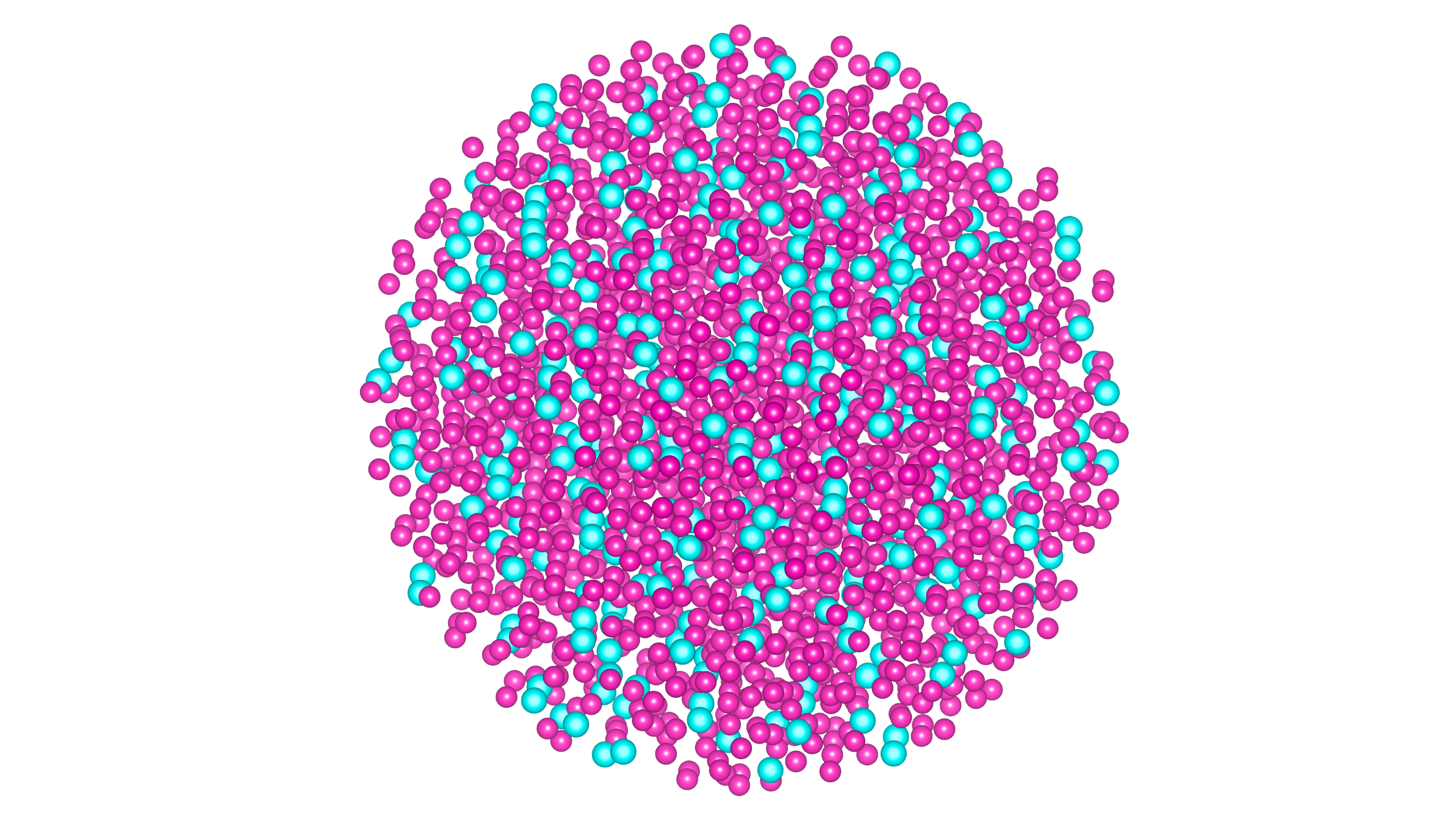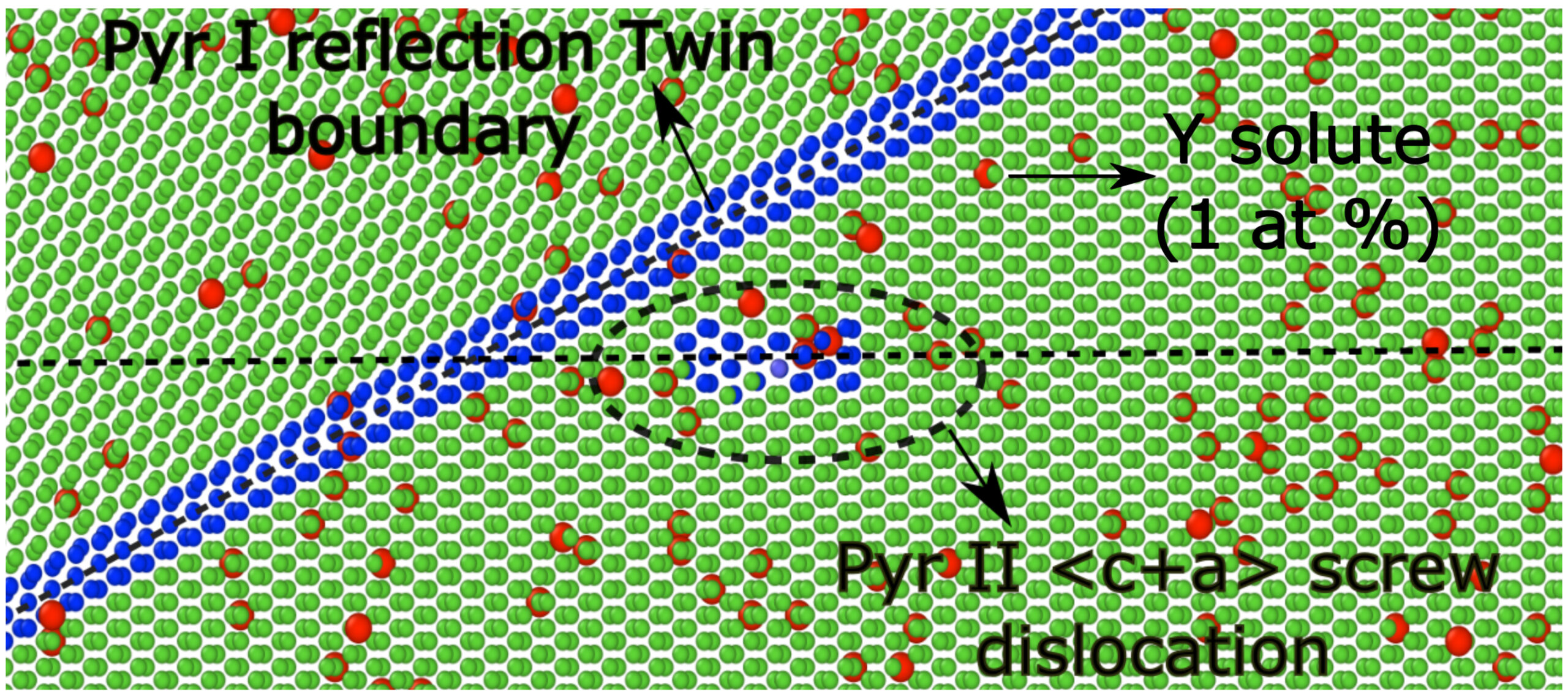Material simulation with quantum accuracy wins Gordon Bell Prize

The Gordon Bell Prize is the most prestigious award in High Performance Computing. The annual award presented by the Association for Computing Machinery recognizes outstanding achievements in high-performance computing focused on improving the efficiency and speed of parallel computing systems used in solving scientific and engineering problems.
In an exciting breakthrough, a team of researchers has developed a pioneering framework that disrupts the barrier between achievable accuracy and affordable quantum mechanical calculations. This innovative leap forward is the brainchild of Vikram Gavini, a professor of mechanical engineering and materials science, whose ingenuity and dedication have contributed to a significant milestone in the field of quantum mechanics. This framework paves the way for large-scale quantum accuracy materials simulations, and won the prestigious 2023 Gordon Bell Prize.
“As we showed in this work, there is now a systematic path to realizing large-scale materials simulations at quantum accuracy,” said Gavini. “This, in turn, can accelerate our understanding of materials properties and aid in computational design of materials. Application areas where this can have an impact include designing better alloys, better catalysts, and drug discovery, to name a few.”

Nanoscoop of quasicrystal, courtesy of Vikram Gavini and team
Quantum mechanical calculations have greatly expanded our ability to characterize the properties and behavior of materials. Within the class of quantum mechanics, Quantum Many-Body (QMB) methodologies represent one end of the spectrum, achieving high accuracy. The computational complexity inherent in QMB methodologies, however, constrain its application to systems ranging from tens of electrons to a few thousand.
Alternatively, Density Functional Theory (DFT) is a simpler and more efficient way to analyze complex materials by considering the density of electrons rather than the many-electron wavefunctions. DFT relies on a universal exchange-correlation (XC) functional — which encompasses the quantum mechanical interactions between electrons — whose exact form is unknown, and thus it is approximated. The accuracy of calculations afforded by DFT is tied to the accuracy of XC functionals.
In particular, Gavini’s team provided an accurate solution to the inverse DFT problem that aims to compute the exact XC potential corresponding to highly accurate QMB electron densities. They followed this by developing a machine-learned XC (ML-XC) functional whose accuracy is commensurate with QMB methods in ground-state energies.

Dislocation interacting with a twin boundary in Mg-Y alloy, courtesy of Vikram Gavini and team
“Vikram and his team’s accomplishment is an extraordinary scientific milestone, and a testament to the fusion of inspiration, brilliance, and unwavering conviction. Their development of a framework integrating the precision of Quantum Mechanics-Based (QMB) methods with the efficiency of Density Functional Theory (DFT) to access larger length scales at quantum accuracy marks a transformative breakthrough in science,” said Samantha Daly, professor of mechanical engineering at University of California at Santa Barbara. “It creates a paradigm shift in our understanding of materials that opens the door to countless new opportunities for inquiry and discovery, and that will have tremendous impact on society and science for generations. Congrats to Vikram and the team.”
As part of their Gordon Bell Prize submission, Gavini’s team calculated a dislocation in Magnesium with random Yttrium solute atoms—a system involving ~620,000 electrons. They achieved an unprecedented sustained performance of 660 peta flops (660 quadrillion floating point operations per second) on the Frontier exascale supercomputer housed at the Oak Ridge National Laboratory. Notably, this is a 10-fold improvement in sustained performance
demonstrated for any ground-state DFT calculation.
“This has been a multi-year effort involving graduate students, research scientists, and collaborators,” Gavini said. “We are very pleased that the work is recognized via this year’s Gordon Bell Prize.”
The team members from the University of Michigan who were involved in this work are Dr. Sambit Das (Assistant Research Scientist, Mechanical Engineering), Dr. Bikash Kanungo (Assistant Research Scientist, Mechanical Engineering), Vishal Subramanian (PhD Candidate, Materials Science & Engineering), Prof. Paul Zimmerman (Chemistry), Prof. Vikram Gavini (Mechanical Engineering, Materials Science & Engineering). The other team members are Gourab Panigrahi and Prof. Phani Motamarri from the Indian Institute of Science (U-M alum) and Dr. David Rogers from the Oak Ridge National Laboratory.